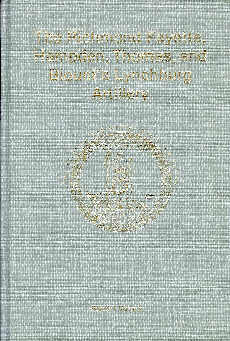 |
The Richmond Fayette, Hampden, Thomas, and Blount's Lynchburg Artillery by Robert H. Moore, II (Published by H. E. Howard, Inc., 1991) 178 pages including maps, photographs, rosters, and bibliography ISBN 1-56190-018-4 For pricing and availability contact: H.E. Howard, Inc. Rt. 2 Box 496H Appomattox, Virginia 24522 |
About the Book: